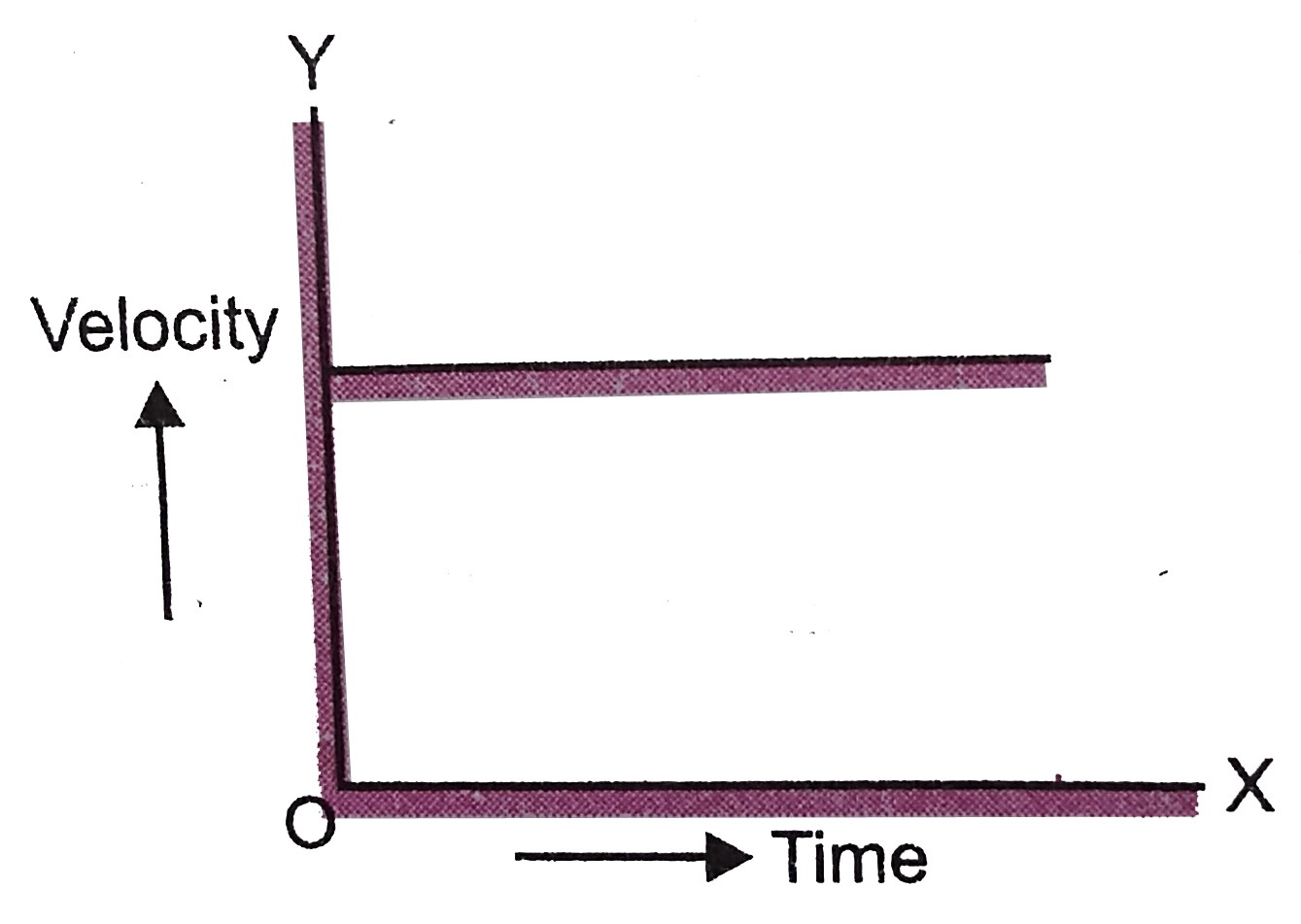The displacement of a body is gives to be proporticonal to the cube of time elapsed. What is the nature of the acceleration of the body ?
Given, A∝t3orS=kt3
v elocity, v=dsdt=3kt2
Acceleration, a=dvdt6kti.e.a∝t
Thus acceleration increases with time.
Topper's Solved these Questions
- BOOK - PRADEEPCHAPTER - KINEMATICSEXERCISE - 3 Very short46videos
KINEMATICS
- BOOK - PRADEEPCHAPTER - KINEMATICSEXERCISE - 4 Very short24videos
KINEMATICS
- BOOK - PRADEEPCHAPTER - KINEMATICSEXERCISE - 1 Very short23videos
KINEMATICS
- BOOK - PRADEEPCHAPTER - GRAVIATIONEXERCISE - Assertion-Reason Type Questions19videos
GRAVIATION
- BOOK - PRADEEPCHAPTER - LAWS OF MOTIONEXERCISE - Assertion- Reason Type Questions17videos
LAWS OF MOTION
Similar Questions
Knowledge Check
- Question 1 - Select One
The displacement of a body is given to be proportional to the cube of time elapsed. The magnitude of the acceleration of the body is
Adecreasing with timeBincreasing with timeCconstant but not zeroDzero - Question 2 - Select One
The displacement of a particle is proportional to the cube of time. Then magnitude of its acceleration
Aincreases with time.Bdecreases with time.Cconstant but non-zero.Dzero. - Question 3 - Select One
If a rigid body is travelling distance in proportional to the square of time, then the acceleration of this rigid body is
AconstantBIncreasingCzeroDdecreasing
The position of a particle moving on a straight line is proportional to the cube of the time elapsed. How does the acceleration of the particle depend on time elapsed?
View SolutionThe velocity time graph of a body is as showh in

what would be the acceleration of the body ?View SolutionRead the given statements and select the correct option.
Statement 1: When the displacement of a body is directly proportional to the square of the time, then the body is moving with uniform acceleration.
Statement 2 : The slope of velocity-time graph with time axis gives acceleration.View SolutionThe distance covered by a moving body is directly proportional to the square to the time. The acceleration of the body is
View SolutionThe displacement of body is given by s=4+2t4. The acceleration of the body at the end of 1 s from the start is :
View Solution

